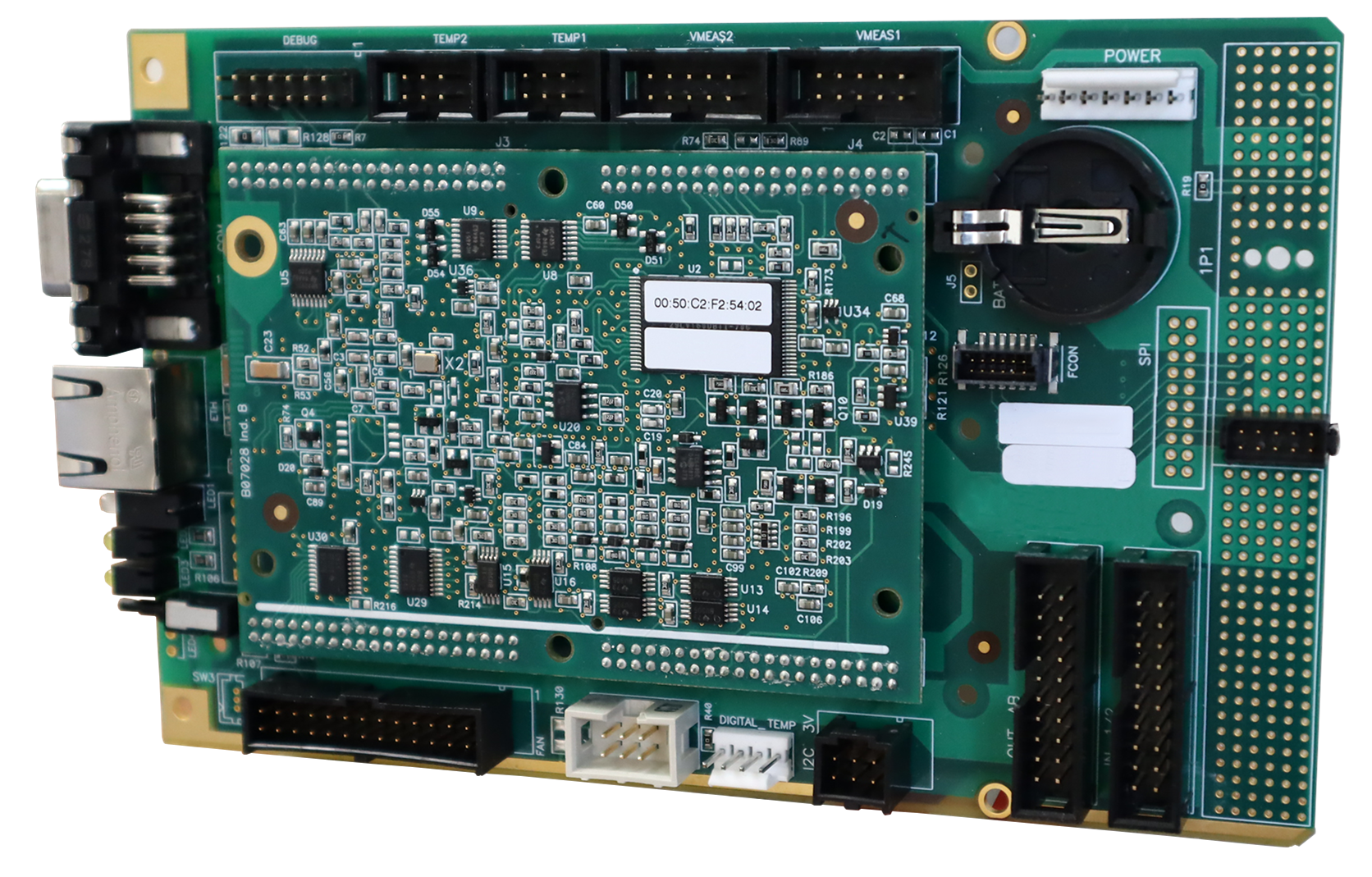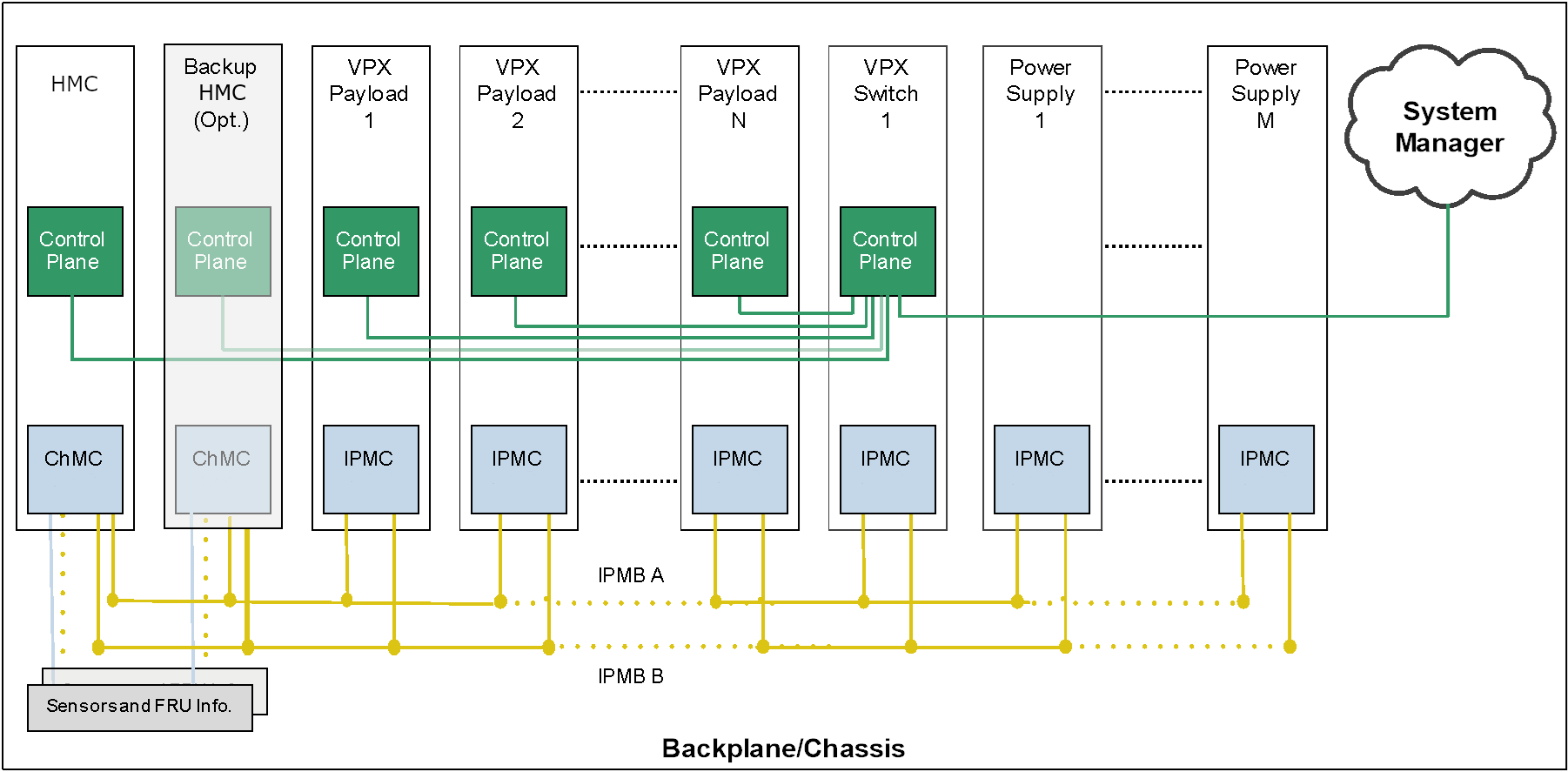Keeping embedded systems healthy through a properly implemented chassis management system is an important part of mission-critical operations, regardless of the architecture, configuration or platform of a given application. When used correctly, chassis management significantly increases the reliability and longevity of a system, as it provides a host of data-driven insights into the state of your system.
There are nuances to applying chassis management across different systems, however. For example, the SOSA Chassis Manager is based on the ANSI/VITA 46.11-2022 standard "System Management on VPX” to provide real-time, remote monitoring of system hardware by interfacing to, and controlling, resources in the chassis.
How SOSA Employs VITA 46.11
It's important to note that SOSA clarifies a particular architectural approach to implementing chassis management within the VPX standard, specifically leveraging the VITA 46.11 system management definitions. It does not define a custom chassis management framework.
VITA 46.11 itself is a large document with many options, but SOSA was more all-encompassing when it defined which VITA 46.11 functions it requires a chassis manager or plug-in card (PIC) Intelligent Platform Management Controller (IPMC) to support. It outlines an extensive list of mandatory commands that include Tier-1, Tier-2, and Tier-3, and that more commands be supported by both PIC IPMCs and chassis manager hardware in order to be aligned to SOSA.
SOSA defines which options are mandatory for PICs, IPMCs, and chassis manager hardware, for the same reason. It also identifies anomalies and takes corrective action in systems developed to meet today’s interoperability initiatives as put forth by the defense department in the Modular Open System Approach (MOSA), for example.
Every part of VITA 46.11 employed by SOSA adheres to the interoperability, replaceability, and ease of integration principles that support a modular systems approach. For features that can be used in multiple ways, it constrains how SOSA systems will use them to facilitate common implementations.
Flexible Implementation

Through a cost-effective and low power chassis management controller card, the chassis manager can be implemented directly on a PIC using a system slot, on a PIC that performs other functions, as a standalone card connected to the backplane by cables, or even using a mezzanine on the backplane. SOSA does not specify how the chassis manager is implemented, as long as the interfaces and functionality are conformant to the standard.
To help simplify the user interface as well as improve system communication and control, SOSA has defined a RESTful interface as a part of the SOSA in-band system management. Previously, each vendor employed a different user interface to query and control their VITA 46.11 Chassis Managers. (Fig 1)
Secure & Reliable System Management
With features such as bridged firewall functions that manage communication between a device and various IPMI channels, VITA 46.11 provides inherent security measures. For instance, it can allow or disallow a given message to be bridged to a specified channel using the “Send Message” command. Additional steps that address security issues are also being implemented within the SOSA aligned architecture itself.

So, while out-of-band chassis management could potentially provide attack vectors that may compromise the security of a system, if chassis management is implemented correctly on both the chassis management card and the PICs, most, if not all, security concerns will be addressed.
Single-point-of-failure concerns are reduced, since SOSA enables the inclusion of redundant chassis managers as well as separate Intelligent Platform Management Buses (IPMBs). This means that in the event of a chassis manager failure or a PIC failing in such a way as to block an IPMB, a secondary chassis manager or IPMB is available to keep the system going, and perhaps even recover from the fault.
The SOSA Chassis Manager provides a broad range of functionality, from fan control and temperature measurements on both the PICs and inside the chassis to performing FRU inventory, FRU recovery, and diagnostic management.
In terms of monitoring, the chassis manager can monitor the quality of the power rails and command changes among the power supplies as well as keep tabs on the state of individual PICs and the applications running on them, as well as detect, report, and sometimes even correct faults in hardware. If problems arise, the chassis manager can even control the cadence of the PICs that are powered on and booted up.
Healthy Systems Aligned to SOSA

As the industry is in the early days of deploying SOSA aligned systems, understanding how to implement chassis management across these platforms is an important aspect of embedded system development. System engineers can then test signal integrity, subsystem integration, and chassis management features using off-the-shelf systems aligned to this new architectural standard.
SOSA aligned chassis management delivers a standardized, secure, and interoperable foundation for embedded systems. It enables real-time health monitoring, robust redundancy, seamless integration of components from multiple vendors, and streamlined system development and deployment.
